When a major infrastructure collapse occurs, the impacts can be immediate and far-reaching, affecting transportation, communication, and essential services. You and your loved ones may face significant disruptions, making it important to understand the critical actions you should take during such an event.
Knowing what to do during a major infrastructure collapse can mean the difference between safety and chaos. By preparing ahead of time, you can manage the risks and maintain a sense of control, ensuring that you have the resources and strategies needed to navigate the situation effectively.
1. Establish Communication Channels
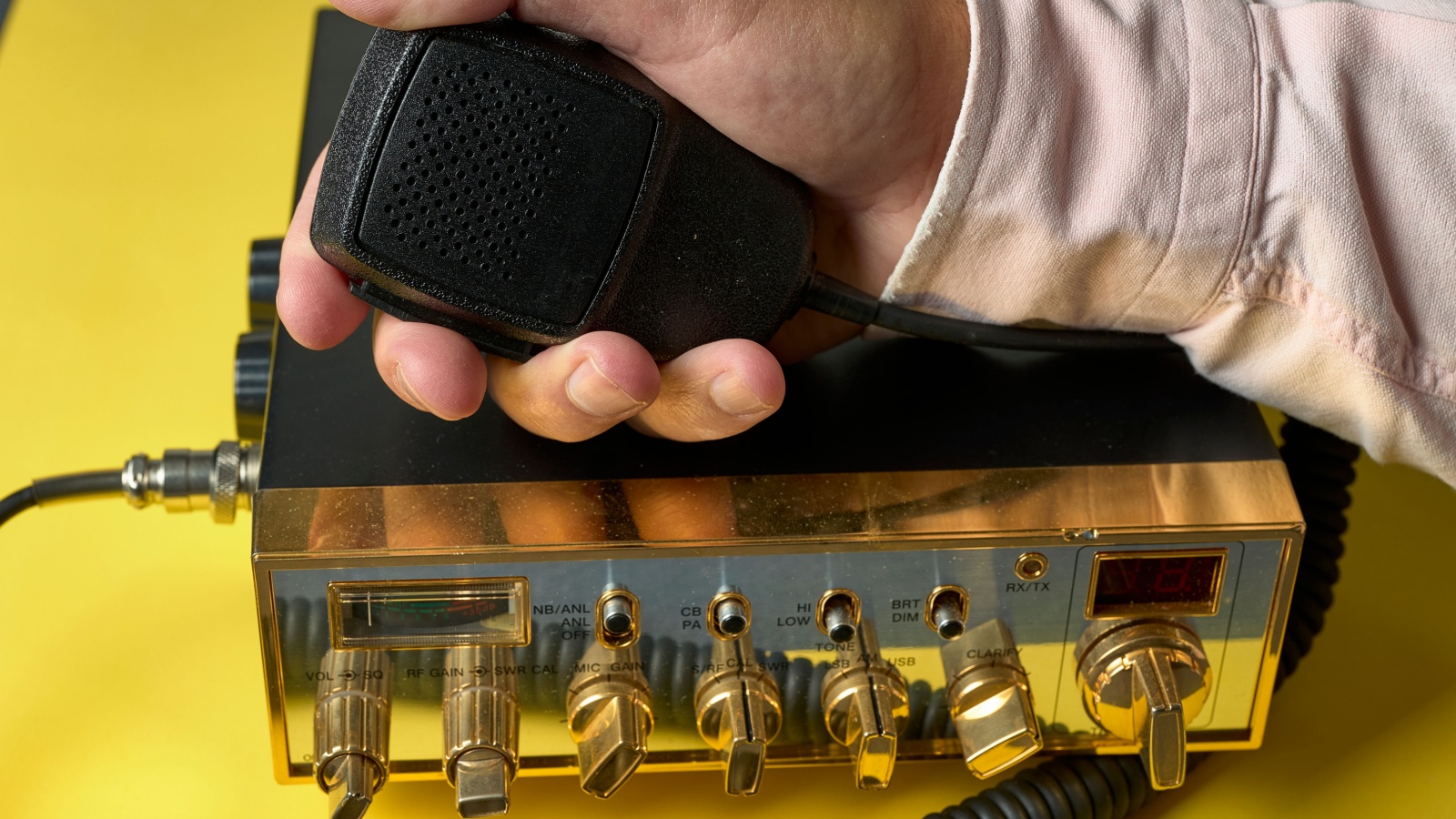
In the event of a major infrastructure collapse, maintaining communication is critical. You need to be able to reach family, friends, and emergency responders. Without communication, coordinating efforts becomes nearly impossible.
First, ensure you have a well-charged mobile phone with backup batteries or a portable charger. Mobile networks may be down, so it’s smart to have alternatives.
Two-way radios are reliable and don’t depend on cell towers. They can work over several miles and are good for local communication.
For longer distances, consider Ham radios. They require a license, but they can reach much farther than other options. Ham radios can operate independently of the current infrastructure.
Make sure everyone in your group knows how to use these devices. Have regular practice sessions to ensure competency.
Establish a meeting point if initial communication fails. This spot should be known to all group members. This way, you have a secondary plan if devices fail.
Prepare a list of important contacts. Write down phone numbers, radio frequencies, and other details so you can access them without digital means.
Lastly, keep up-to-date on emergency communication systems like NOAA weather radios. These provide alerts and information during disasters.
2. Secure Clean Water Sources
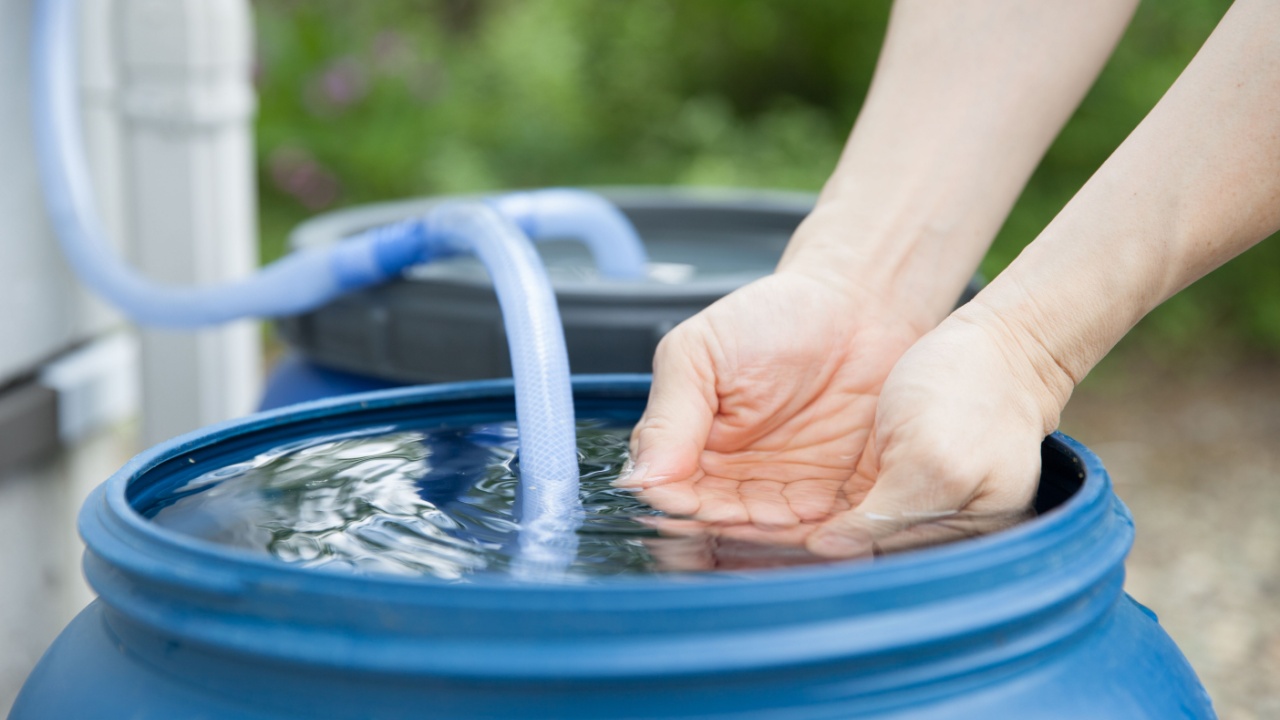
In an infrastructure collapse, access to clean water becomes critical. Prioritize securing nearby natural water sources like rivers and lakes.
Make sure you have water purification methods on hand. This could include water filters, purification tablets, or boiling water if feasible.
Identify and use rainwater harvesting systems. Set up collection barrels to gather and store rainwater.
Always test water for contamination before use. Look out for sources of pollution and mitigate risks wherever possible.
Remember, ensuring a steady supply of clean water is essential for survival.
3. Create a Medical Emergency Response

In a major infrastructure collapse, effective medical response is crucial.
Identify and designate a safe area for a makeshift clinic. Stock it with essential medical supplies such as bandages, antiseptics, and pain relief.
Train a few people in basic first aid and CPR. Medical knowledge can make a significant difference.
Understand local hazards and prepare for specific medical emergencies, such as severe injuries or infectious diseases.
4. Implement Food Distribution Systems
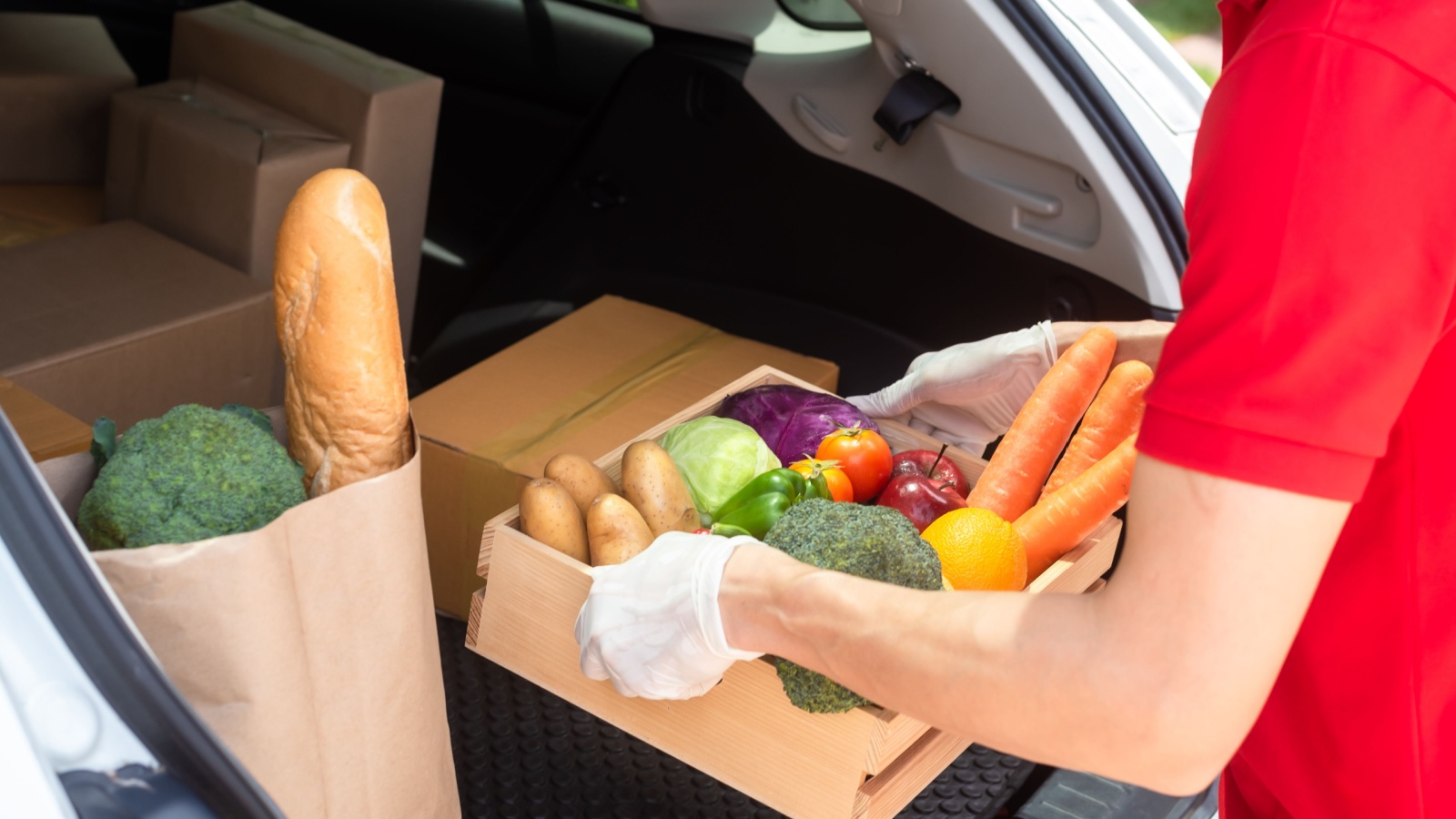
During a major infrastructure collapse, maintaining access to food is crucial.
You need to establish a reliable food distribution system. Begin by identifying key locations for food storage and distribution. Schools, community centers, and warehouses can serve as hubs.
Secure a steady supply of food. Focus on non-perishable items like canned goods and dried foods. Coordinate with local farmers and suppliers to keep stocks plentiful.
Create clear distribution plans. Regular schedules and assigned teams ensure food reaches those in need.
Ensure Power Supply Continuity
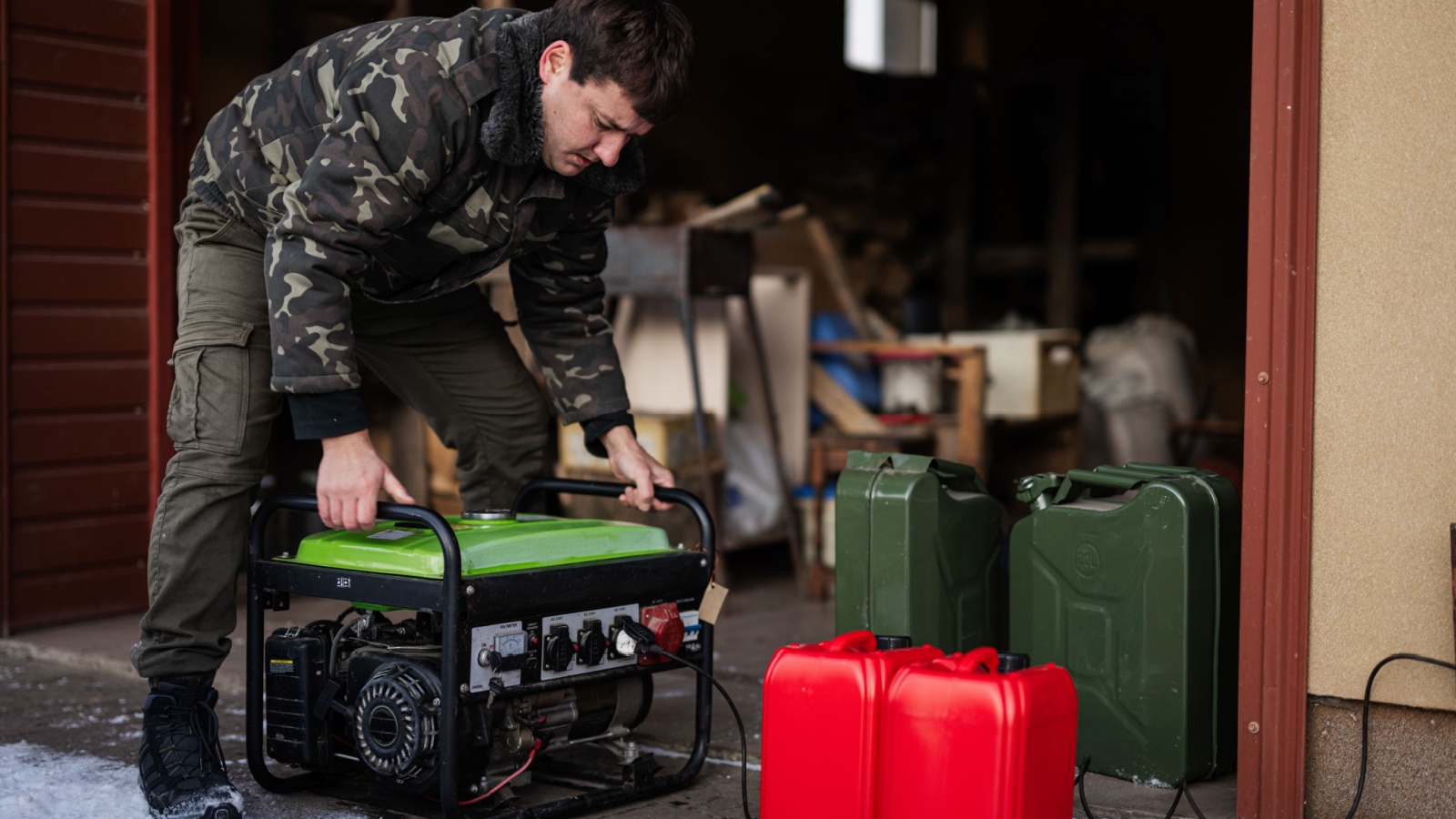
During a major infrastructure collapse, ensuring a continuous power supply is crucial. Reliable electricity is essential for communication, refrigeration, and heating or cooling systems.
You should have backup power sources ready, such as generators. Solar panels paired with batteries can provide a sustainable power solution. It’s also wise to store plenty of fuel for generators.
Keep essential devices charged and prioritize power for critical needs. Consider a manual means to pump water if reliant on an electric pump.
6. Enforce Public Safety Measures

In a major infrastructure collapse, protecting the public is critical. Ensure clear communication channels for emergency alerts. Authorities should use available platforms like radio, TV, and social media to inform people quickly.
Setting up safe zones and shelters is vital. Designate specific locations where people can gather and receive assistance. These zones should be equipped with basic necessities like food, water, and medical supplies.
Deploy security personnel to maintain order. Law enforcement and volunteers should patrol high-risk areas to prevent looting and violence. Ensure everyone adheres to curfews or evacuation orders to minimize chaos and danger.
7. Reinforce Critical Infrastructure
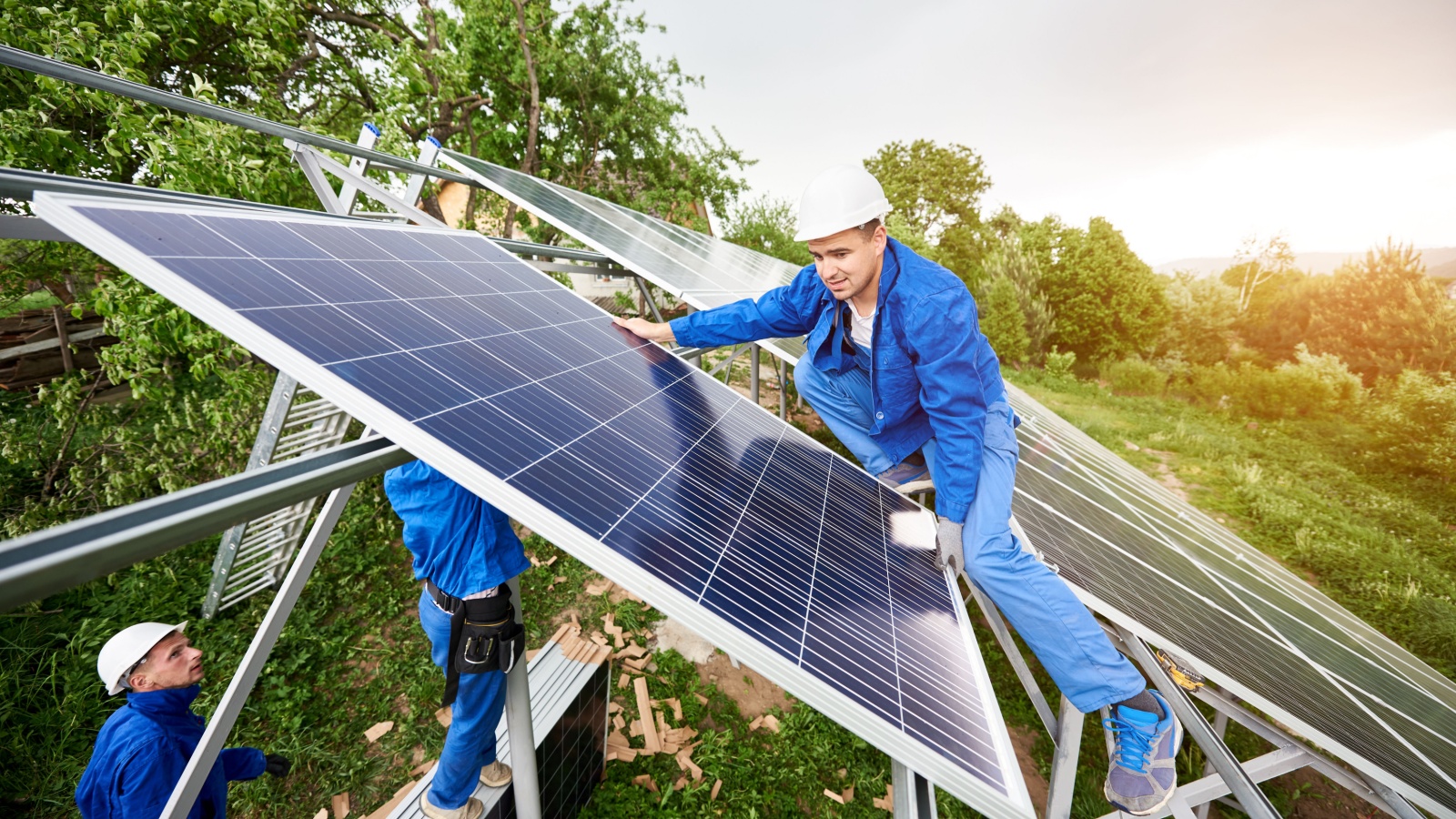
To protect your homestead during a major infrastructure collapse, strengthening critical points is essential. First, focus on securing power sources. If you use solar panels, ensure they are mounted robustly and shielded from potential hazards.
Reinforce water supplies by safeguarding wells and water storage tanks. Install strong fences and lockable covers to avoid contamination or theft.
Lastly, ensure communications remain intact. Backup radios and repeaters need protection and, if possible, housing in fortified structures.
8. Mobilize Community Support Groups

In times of major infrastructure collapse, community support groups become vital. These groups can include neighborhood associations, local volunteer organizations, and informal networks.
First, identify key community leaders who can help mobilize resources and coordinate efforts. Reach out to them quickly.
Hold preliminary meetings with these leaders to ensure everyone is on the same page. Communication is key.
Community support groups can help distribute food, water, and medical supplies efficiently.
Engaging familiar faces ensures that help is trusted and accepted.
9. Coordinate with Local Authorities

During a major infrastructure collapse, it’s vital to coordinate with local authorities. They can provide critical information about the situation, including areas to avoid and available resources.
Establishing communication early can help you stay informed about road closures, shelter locations, and safety updates. This can be done via radio, phone, or community meetings, ensuring you receive timely and accurate information.
Working with local authorities can also help in getting medical assistance, food, and water quickly.
10. Develop Evacuation Plans

Planning for evacuation is crucial. You need to identify safe routes out of your home and community. Mark these routes clearly on maps and practice them with your family. Knowing where to go and how to get there can save lives during a disaster.
Your plan should include multiple routes. Some roads might be blocked or unsafe. Always have a backup plan. Ensure everyone in your household knows these routes by heart.
Don’t forget to consider the needs of pets and livestock. Include places where they can stay safely. Pack enough supplies for them, too. Planning ahead will help you evacuate quickly and safely when needed.
Involve your neighbors. Share plans and resources to support each other. Communication and cooperation can strengthen community resilience during emergencies.
11. Set Up Temporary Shelters

Temporary shelters are crucial during an infrastructure collapse to ensure safety and basic needs. Choose locations with ample space, accessibility, and proximity to essential services like healthcare and food supply.
Use tents, tarps, or other available materials to create covered spaces. Ensure they are secure and provide adequate protection from the elements.
Maintain a clean and sanitary environment. Regularly dispose of waste and provide access to clean water and hygiene facilities.
12. Deploy Search and Rescue Teams
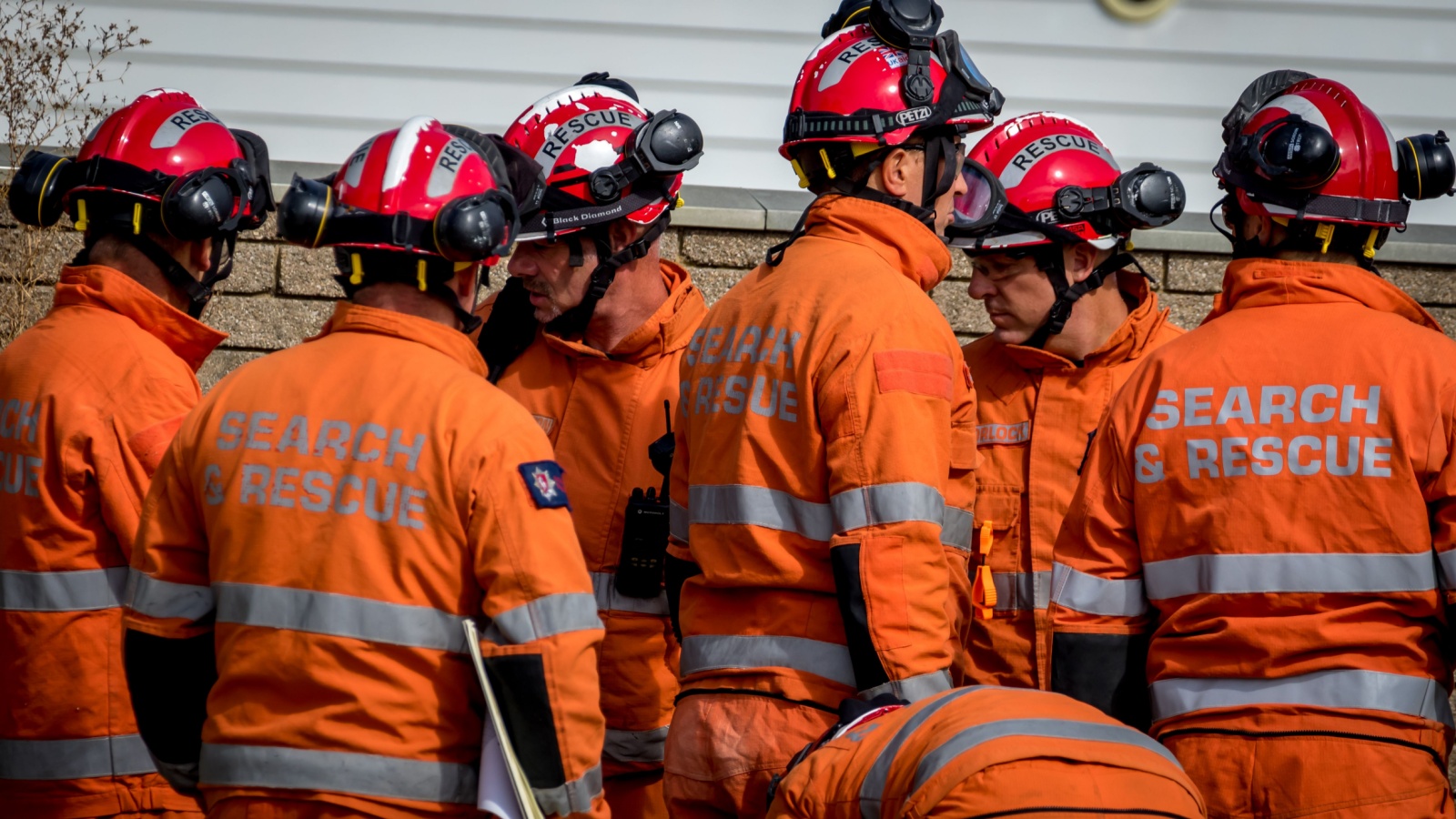
When a major infrastructure collapse occurs, it is crucial to quickly deploy search and rescue teams. These teams consist of trained professionals, including firefighters, engineers, and medical personnel. Their primary role is to locate and rescue individuals trapped under debris.
Search and rescue teams are often funded and certified by the federal government. They can be deployed within hours of a disaster notification. Equipped with specialized tools and knowledge, these teams can operate in hazardous conditions to save lives.
During deployment, teams use advanced equipment such as listening devices and heavy machinery to find and extract victims. They can sustain themselves for up to 72 hours, ensuring they can work continuously during initial rescue operations. Their coordinated efforts are vital in minimizing casualties and providing timely medical assistance.
The presence of these well-trained teams ensures that rescue operations are conducted safely and effectively. Their rapid response and specialized skills make them invaluable in disaster situations.
20 Crucial Supplies for Surviving a Societal Collapse

In the face of uncertainty, being well-prepared gives you at least some degree of control and security. The thought of a societal collapse, while extreme, prompts us to consider how we might endure without the conveniences of our current lifestyle. Here’s a list of 20 essential items that could prove indispensable in such a scenario. This guide isn’t about succumbing to fear but embracing preparedness and resilience.
14 Essential Canned Goods for Your Emergency Pantry
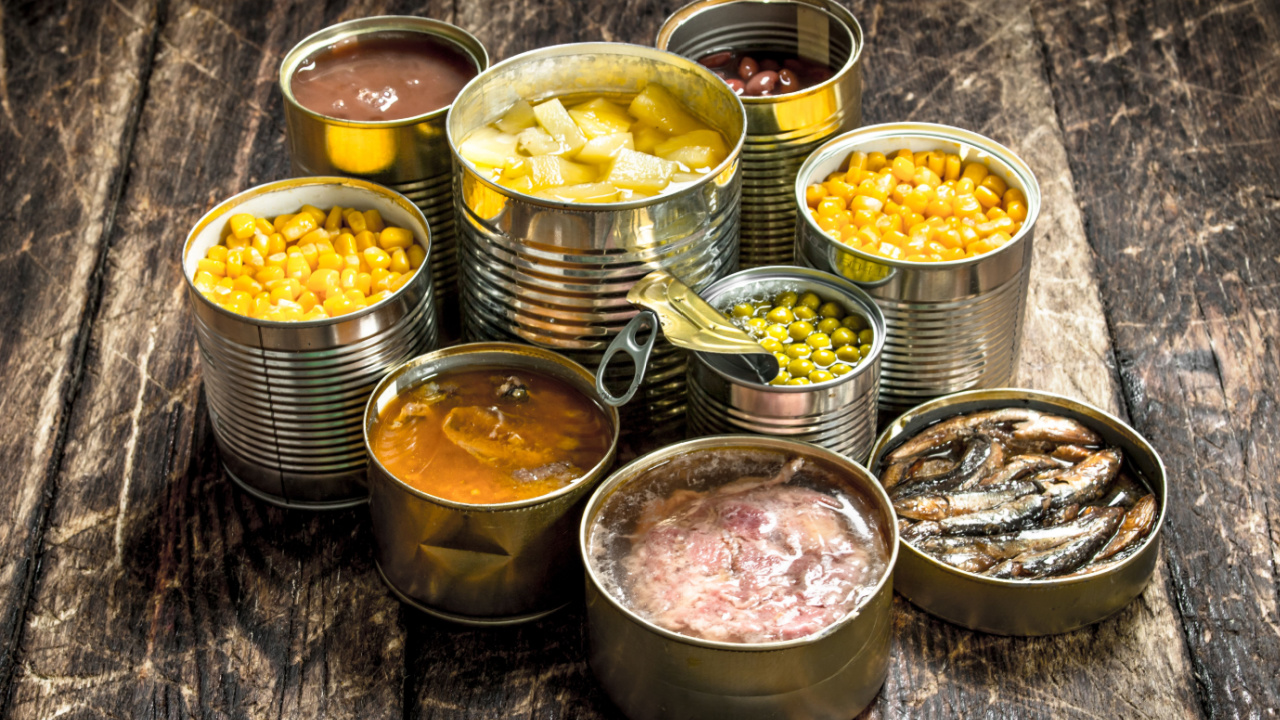
I firmly believe in keeping a well-stocked emergency pantry. While fresh food is ideal, in a survival situation, we may not be that lucky. So, for my family, even though we grow a lot of our own food, canned goods play a crucial role in emergency preparedness. They offer a reliable source of nutrition when access to fresh produce may be limited. The goods you stockpile should be affordable, easy to store, and full of nutrition.
Best Regions in the U.S. to Escape to When Society Collapses
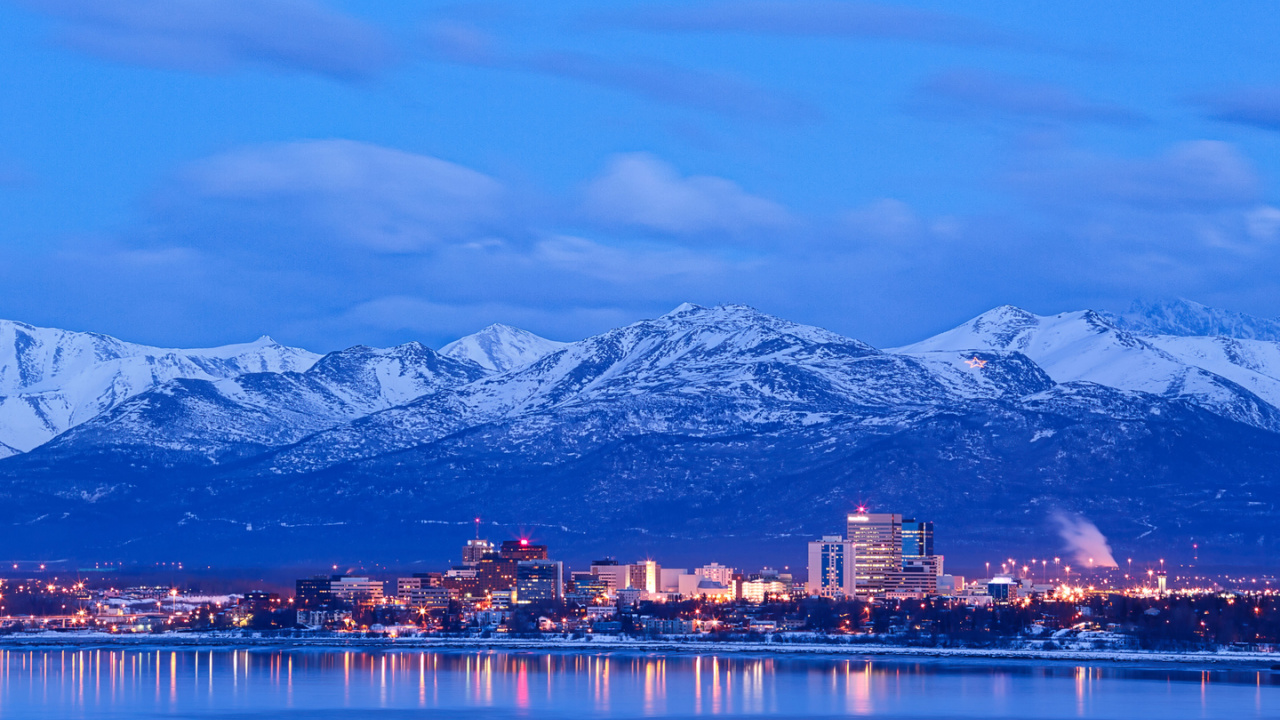
Choosing a refuge in the event of societal collapse involves weighing the pros and cons of each location against your personal preparedness goals and abilities. Whether you’re drawn to the solitude of the desert or the protective heights of the mountains, the key is finding a place that offers safety and the opportunity for growth and renewal.

